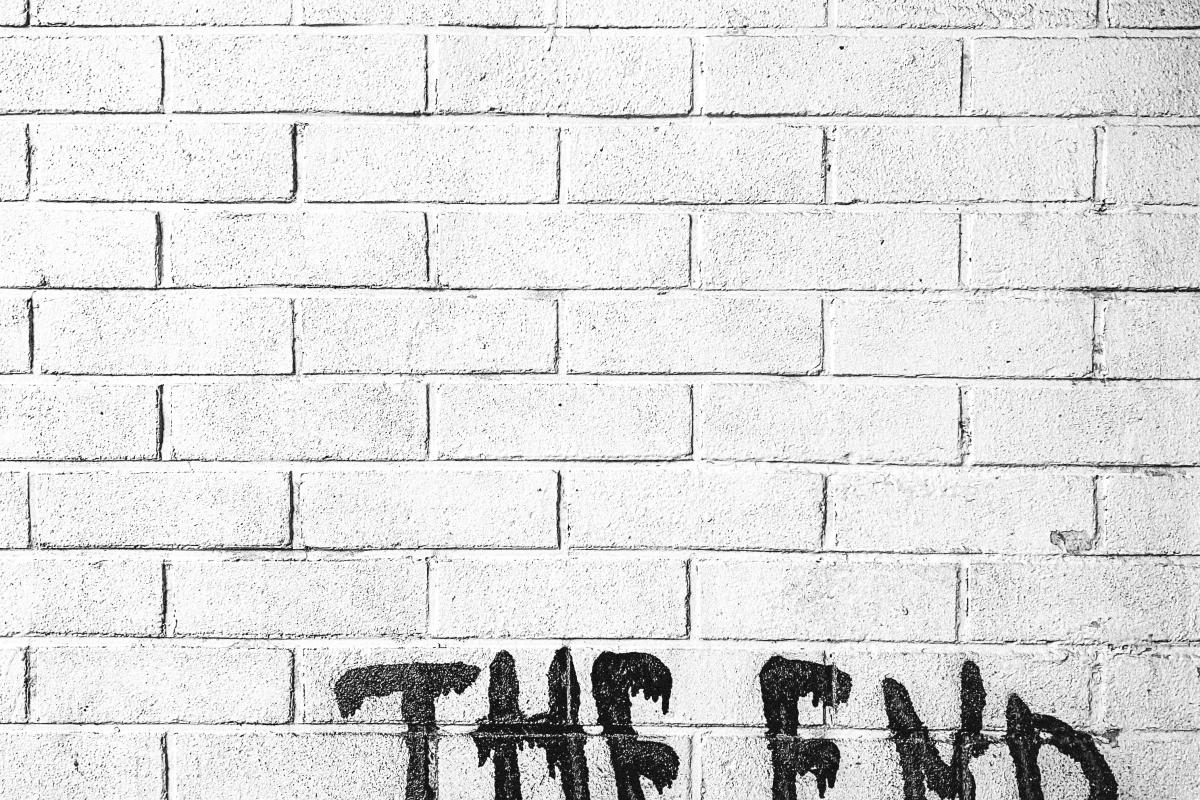Consumers are seeking easier ways to make decisions, and it’s time for suppliers to assist them, says Melanie Howard
One of the fascinations of being in the futures game is watching how trends emerge and mature over time. Often they overlap and combine with others to create new phenomena. Strong trends often multiply into a number of sub-trends that, while related, acquire a life of their own. ‘The End of Inefficiency’, newly hatched from our trends laboratory, nVitro, is potentially a significant outcrop of ‘The Quantified Self’ (Market Leader, December 2010), itself arising from a fortuitous combination of the ‘Digital Revolution’ and the long-term drive to ‘Healthy Hedonism’ – thus providing a neat example of both tendencies.
The ability to capture and use data about ourselves in order to monitor and control our behaviour for the better, which forms the heart of The Quantified Self, is a key factor in this story. It remains a powerful driver for the uptake of new apps that help us count calories, exercise more, and monitor our health such as Microsoft’s Chinese service, Health Vault.
But here we are looking at the impact of an important attitudinal shift – arguably a heightened response to the challenges of austerity – which points to the emergence of very different strategies to being a ‘good’ consumer in the 21st century. Here another trend has to be plaited into the story – this time Return to Maximising (Market Leader, June 2010) which describes the growing tendency to compare prices and invest time in achieving the best value for money in purchasing which, unsurprisingly, has intensified as a result of the economic downturn since 2008.
Into this rich mix the seeds of The End of Inefficiency have been sown. This describes what we believe is a growing willingness among consumers to outsource all or part of humdrum purchasing decisions in certain markets and categories of low interest. It also suggests that people are beginning to recognise that they aren’t necessarily going to make the best and most rational decisions for themselves – a core precept of the recently fashionable discipline of Behavioural Economics. It also requires that people are sufficiently comfortable with the technological platforms that will facilitate their outsourcing of decisions as well as trusting of the brands and businesses (or at least their algorithms) that will perform the decision making for them.
It is very early days and our measurement of the potential of this trend is still under way. But one of the most extreme instances that we have come across is SARTRE (Safe Road Trains for the Environment). This is an EU-funded programme to develop technology allowing motorists to outsource driving decisions on stretches of motorway where they can plug into a ‘platoon’ of cars led by an expert driver who will take the train of cars to their destination, while the drivers eat, sleep, play games or chat in comfort.
More prosaic is Ford’s MyKey which allows for levels and services within the vehicle to be preset: speed, sound system, warnings and alerts. Designed with US teenage drivers in mind, it also has applications for adults who know their own weaknesses. SignalGuru provides another example of using a combination of iPhone app, traffic data and images captured by dashboard smartphones to predict how to drive to achieve maximum efficiency and avoid stopping.
There is another dimension too – which some might characterise as a growing laziness but is perhaps more about the consumer desire to concentrate on the things they really care about. Making decisions can be an exhausting process, after all. Talk of the wonders of smart fridges is not new, but now, the technological infrastructure exists to make the promise of seamless food ordering and stock control a reality using the short-range radiowaves from RFID tags on products in conjunction with broadband. As well as adding depleted items to your online grocery shopping list, LG’s Smart Manager Fridge will suggest recipes and turn on the oven for you.
In a different vein, Munch On Me has been set up on the West Coast of America as a community-based eating solution for people who no longer want to think about what they should eat every day. The promise is that members will be directed daily to local restaurants and retailers where food is fresh, on offer and available. It is a clever way of tying discounts and offers together to invigorate traffic in a society where half of all food expenditure is now out-of-home.
As with every early-stage trend, there are more questions than answers about The End of Inefficiency. Is it really about time saving and better outcomes or more to do with boredom with the whole process of purchasing and making the right decision about what to do? It is too early to know what the precise motivation is going to be in every case, but smart brands and suppliers should explore how they can use smart technology to make repurchasing and upgrading a seamless process.
Melanie Howard is chair of the Future Foundation and a non-executive director of TCA.
